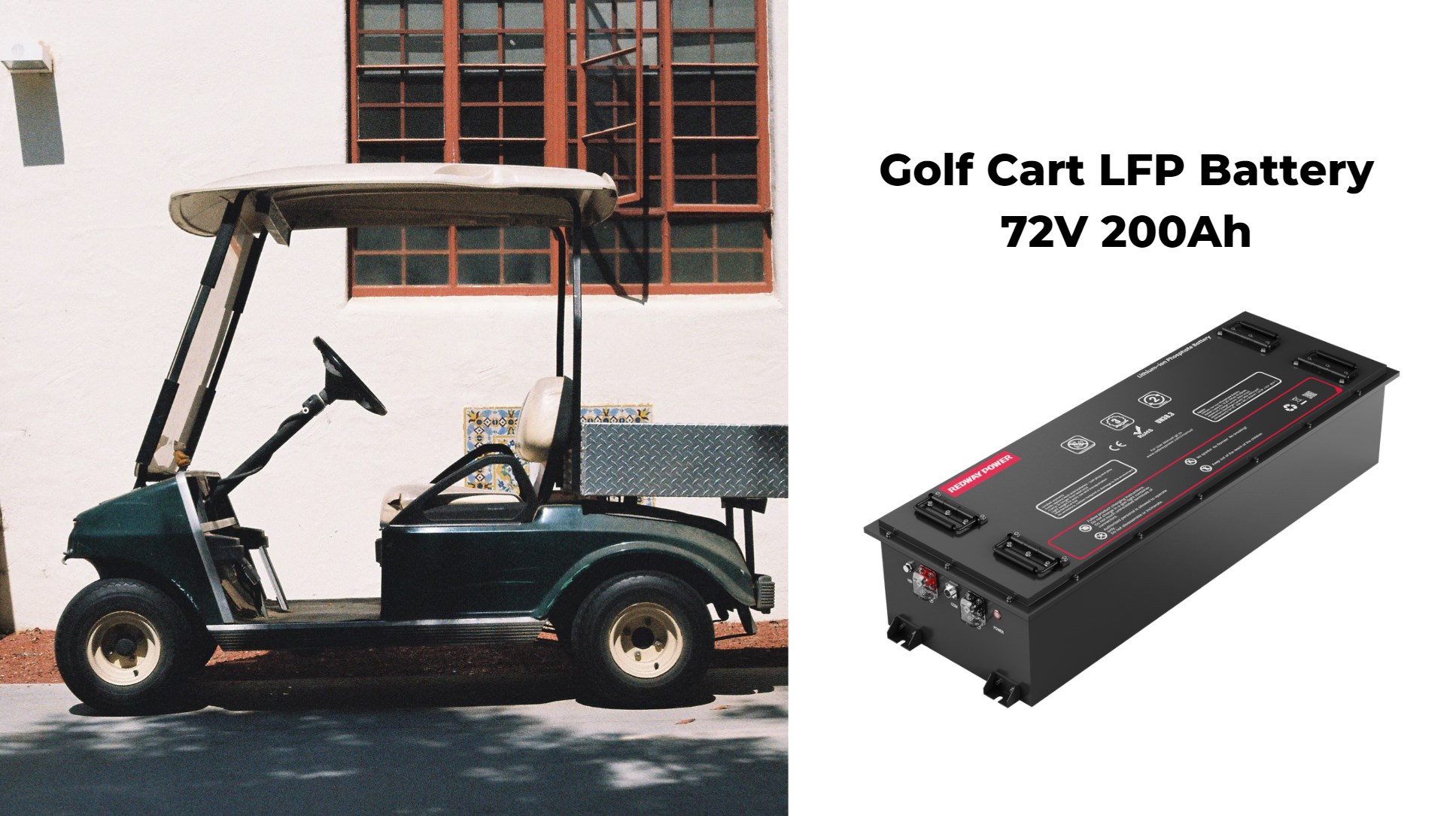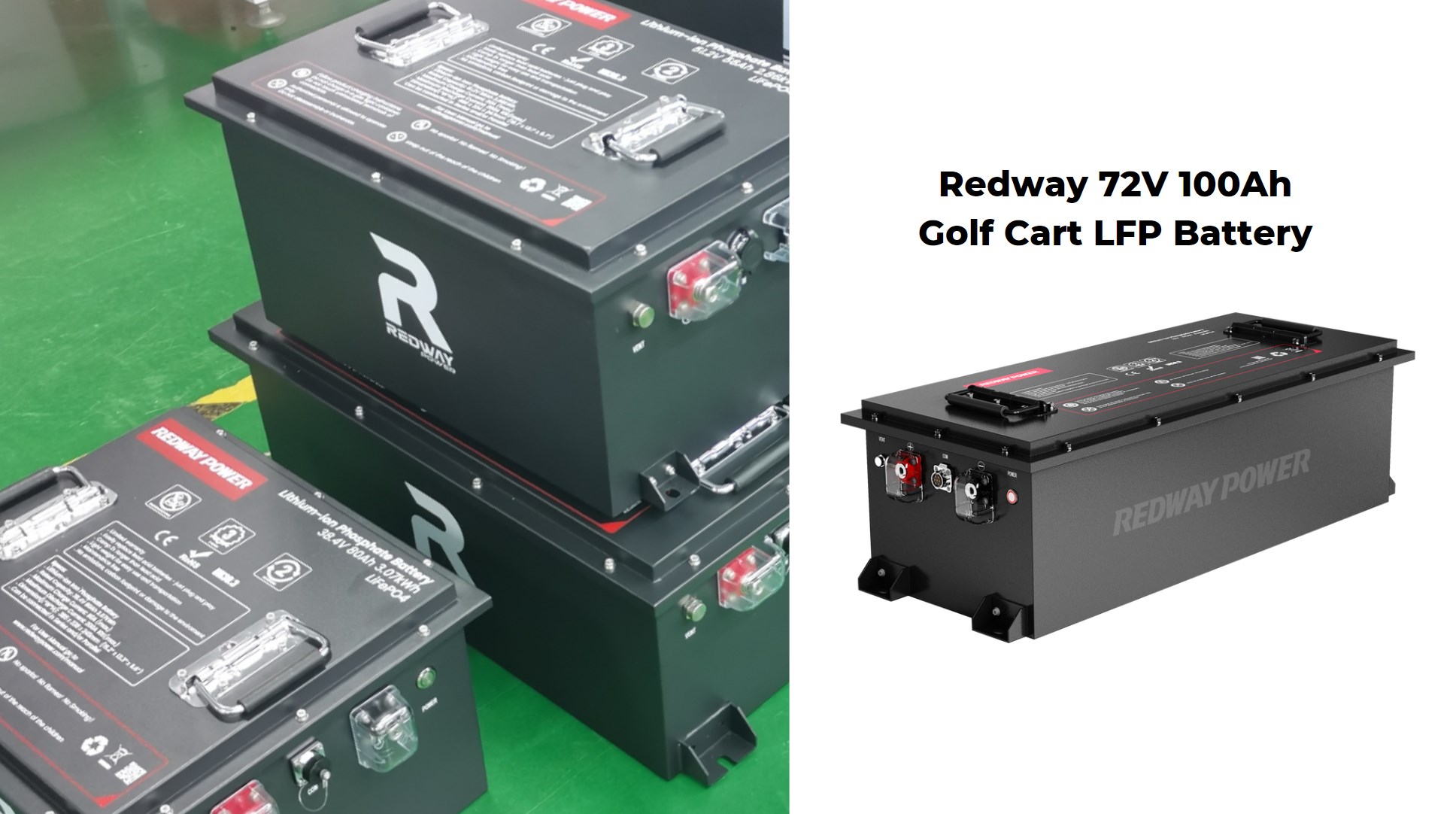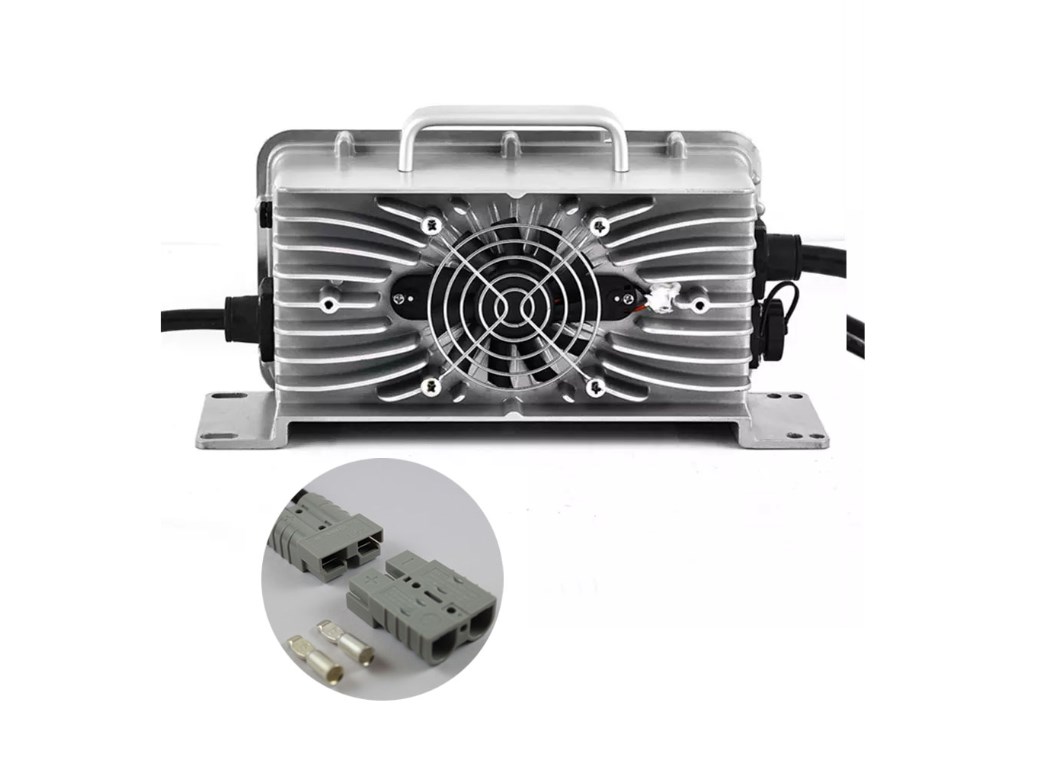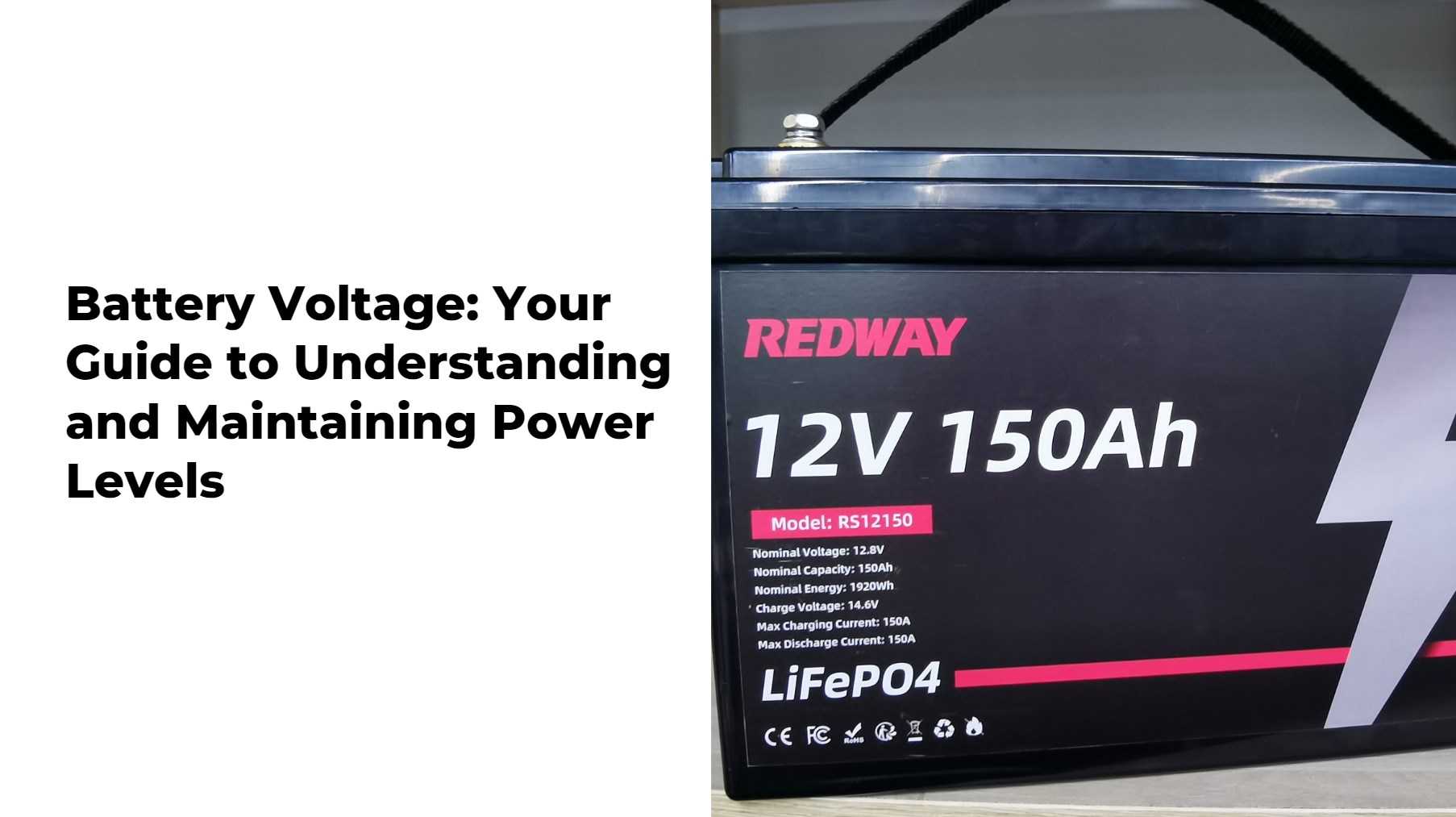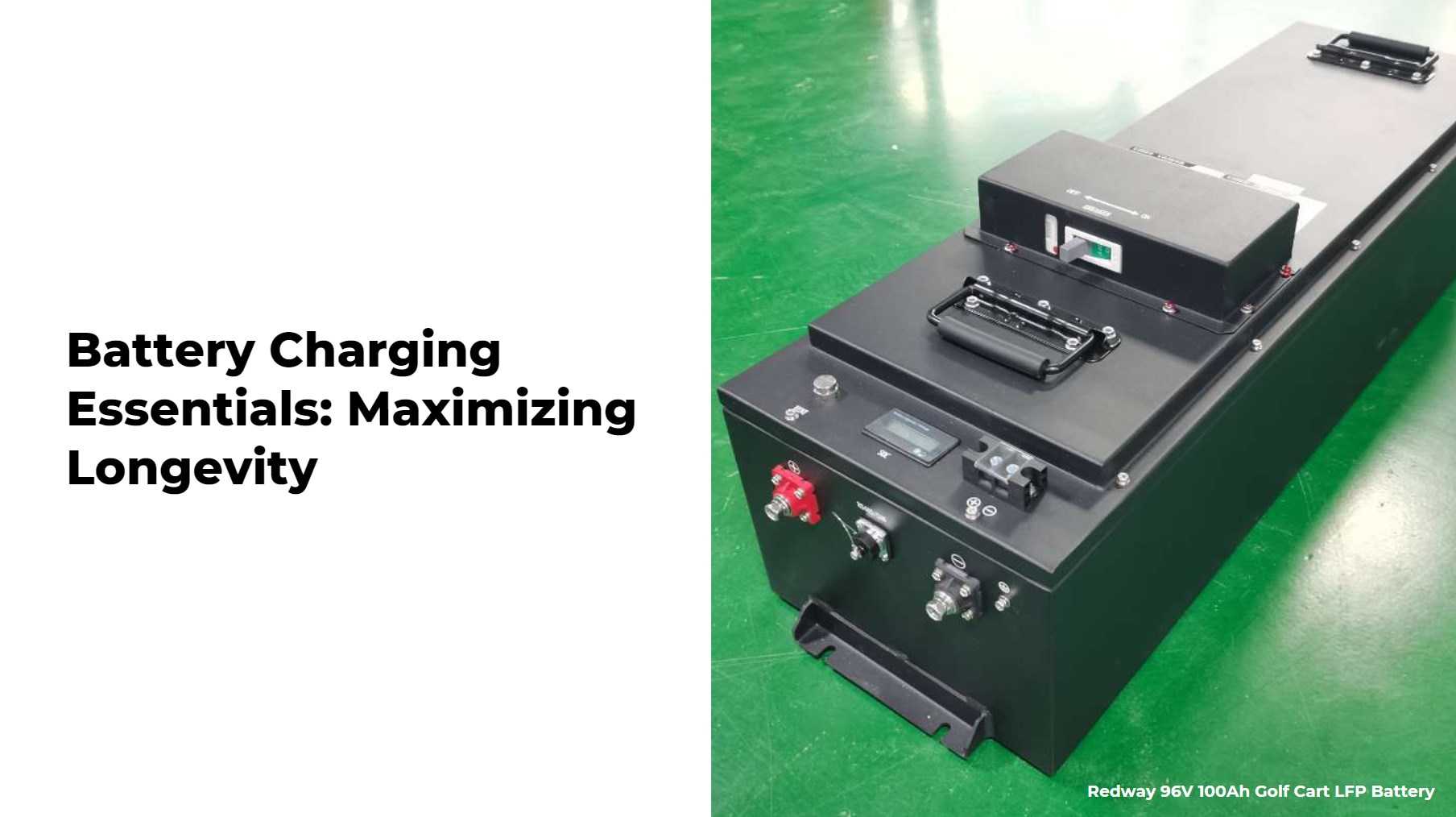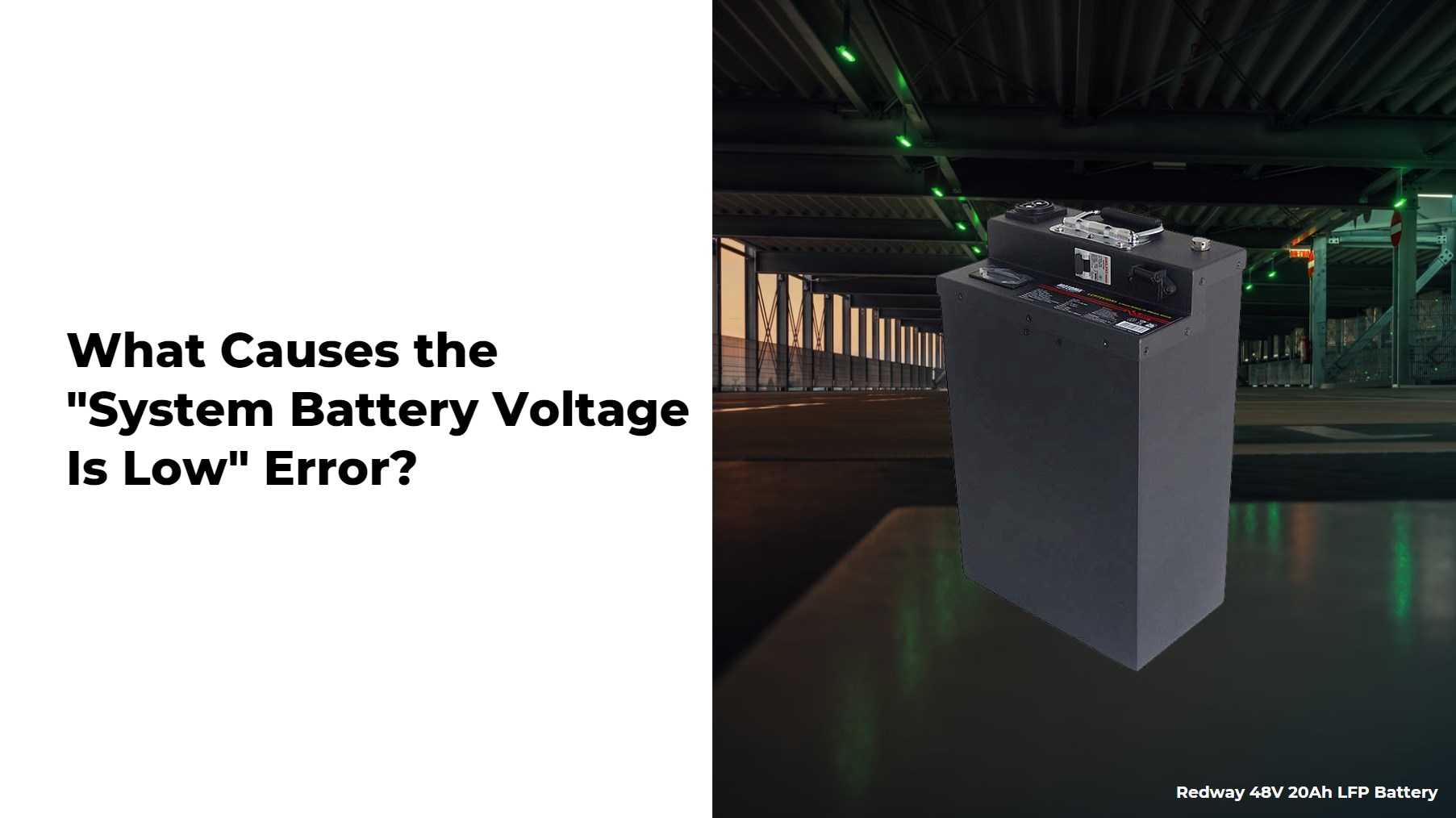The Ultimate Guide to Golf Cart Batteries: Testing, Buying, and Maintenance
Golf carts have become indispensable in golf courses, retirement communities, and even large estates. A key component of a golf cart is its battery. With numerous types and brands available, navigating the world of golf cart batteries can be daunting. This comprehensive guide will walk you through everything you need to know about testing, buying, and maintaining your golf cart batteries, including how to test a golf cart battery charger, and the pros and cons of different brands and types.
How to Test a Golf Cart Battery Charger
Testing your golf cart battery charger ensures that your batteries receive the correct charge, which extends their lifespan and maintains optimal performance. Here’s how you can do it:
Tools You’ll Need
- Multimeter
- Safety gloves
- Safety goggles
Steps to Test
- Safety First: Wear safety gloves and goggles to protect yourself.
- Set Up Your Multimeter: Switch your multimeter to the DC voltage setting.
- Connect the Charger: Plug the charger into a power source and connect it to the battery.
- Measure the Voltage: Place the multimeter’s probes on the corresponding battery terminals (positive to positive, negative to negative). A fully charged 6V battery should read around 6.4 to 6.6 volts.
- Check the Charging Voltage: While the charger is connected, the voltage should read higher than the battery’s resting voltage, indicating that it is charging correctly.
Types of Golf Cart Batteries
6V Golf Cart Batteries
- Common Brands: Trojan, Crown, Interstate
- Best For: Heavy-duty use, long-lasting performance
8V Golf Cart Batteries
- Features: Higher voltage allows for fewer batteries needed in a 48V setup
- Popular Options: Deka, Duracell
12V Golf Cart Batteries
- Advantages: Easier to find, often used in gas-powered carts
- Top Brands: AGM, Interstate
Refurbished Golf Cart Batteries
- Pros: Cost-effective, environmentally friendly
- Cons: Shorter lifespan, potential reliability issues
Lithium Golf Cart Batteries
- Highlights: Longer lifespan, faster charging, lighter weight
- Considerations: Higher initial cost, requires a specific charger
Best Golf Cart Batteries
Choosing the best battery depends on your specific needs. Here are some top picks:
48V Golf Cart Batteries
- Trojan T875: Known for durability and reliability
- Crown CR-GC150: High capacity, great for long distances
GC2 Golf Cart Battery
- Trojan T-105: Excellent for deep cycle use, long lifespan
- Interstate GC2-ECL-UTL: Great balance between cost and performance
Deka Golf Cart Batteries
- MK Battery 8G31: High-quality, maintenance-free
Costco Golf Cart Batteries
- Kirkland Signature: Affordable, decent performance
- Interstate Batteries: Good value, reliable
Golf Cart Batteries in Arizona
Arizona’s climate can be harsh on batteries, so it’s crucial to select ones that can withstand high temperatures. AGM and lithium batteries are often recommended due to their resilience to heat.
Popular Options in Arizona
- Lithium Golf Cart Batteries: Best for heat resistance and long life
- AGM Batteries: Maintenance-free and durable
How to Charge Golf Cart Batteries
Proper charging is vital to extend your battery’s life. Follow these steps:
Steps to Charge
- Turn Off the Cart: Ensure your golf cart is turned off.
- Check Water Levels: For lead-acid batteries, ensure the water levels are adequate.
- Connect Charger: Attach the charger to the battery terminals.
- Select Charging Mode: Choose the appropriate mode if your charger has multiple settings.
- Monitor the Charge: Keep an eye on the charging process to prevent overcharging.
Tips for Charging
- Charge after each use.
- Avoid deep discharges.
- Keep terminals clean and connections tight.
Golf Cart Battery Voltage Chart
Understanding your battery’s voltage is crucial for maintenance and troubleshooting. Here’s a quick reference chart:
| Battery Type | Fully Charged Voltage | Discharged Voltage |
|---|---|---|
| 6V | 6.4 – 6.6V | Below 6.0V |
| 8V | 8.4 – 8.7V | Below 8.0V |
| 12V | 12.6 – 12.8V | Below 12.0V |
How to Hook Up Golf Cart Batteries
Correctly connecting your batteries is essential for optimal performance. Here’s how:
48V Battery Hookup
- Configuration: Series (positive to negative connection between each battery)
- Steps:
- Arrange batteries in the designated compartment.
- Connect the positive terminal of the first battery to the negative terminal of the next.
- Continue until all batteries are connected.
- Attach the cart’s positive lead to the first battery’s positive terminal and the negative lead to the last battery’s negative terminal.
Common Issues and Solutions
Battery Caps Leaking
- Solution: Replace leaking caps immediately. Check water levels and avoid overfilling.
Low Battery Voltage
- Solution: Charge fully and test. If consistently low, consider replacement.
Short Lifespan
- Solution: Ensure proper charging practices and maintenance. Opt for high-quality batteries.
FAQs
How Much Are Golf Cart Batteries at Costco?
Prices vary by type and brand, generally ranging from $100 to $200 per battery.
Are Interstate Golf Cart Batteries Good?
Yes, Interstate batteries are known for their reliability and performance, making them a solid choice.
What’s the Best Way to Charge 12 Volt Deep Cycle Golf Cart Batteries?
Use a compatible charger, charge after each use, and maintain proper water levels in lead-acid batteries.
Can I Use a Regular Car Battery in My Golf Cart?
No, car batteries are not designed for deep cycle use and will not perform well in golf carts.
What Are the Benefits of Lithium Golf Cart Batteries?
They offer a longer lifespan, faster charging, and are lighter than traditional lead-acid batteries.
Conclusion
Choosing the right golf cart battery and maintaining it properly can significantly impact your cart’s performance and lifespan. Whether you’re opting for a 6V, 8V, or 12V battery, brands like Interstate, Deka, and those available at Costco provide reliable options. By following proper testing, charging, and maintenance practices, you’ll ensure that your golf cart remains a dependable and enjoyable mode of transportation for years to come.
Whether you’re a seasoned golf cart owner or a newcomer, understanding how to test a golf cart battery charger and knowing the best options available will keep your golf cart running smoothly and efficiently. Happy golfing!

